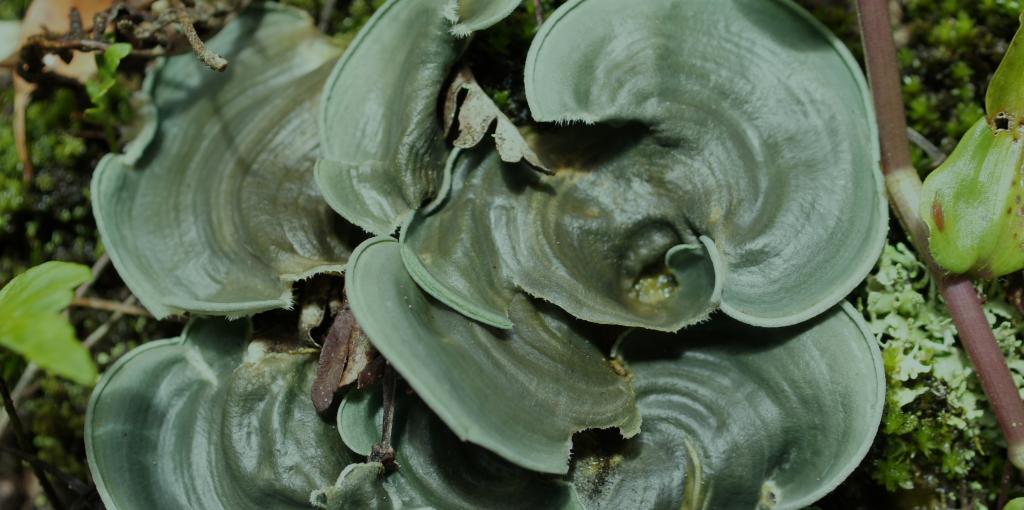Admission CTAs
ESP faculty grant announcements – Spring 2017
Congratulations to our faculty who have received grants this semester!
PEREC Science and Outreach: Assessment of ecosystem health in the tidal freshwater Potomac environment
From the Virginia Sea Grant – $5,000
From the Patriot Green Fund – $12,000
From the OSCAR Summer Team Project Grant – $38,000
Assistant professors Dr. Amy Fowler and Dr. Kim de Mutsert teamed up and received funds from three sources to conduct a 10-week paid summer research program for undergraduate students, in which the biological and chemical aspects of two Potomac locations, Hunting Creek and Gunston Cove will be studied. Each project will look at the effects of micropollutants, such as mercury, in the food web. Spearheaded by OSCAR, this research study will be the first of its kind.
Insects and Post-Mortem Decomposition – what are the effects of environmental parameters on species richness, community composition, and succession patterns of carrion communities?
From the OSCAR Summer Team Project Grant – $25,945
Adjunct professor Dr. Joris van der Ham (along with Dr. Kelly Knight of the Forensic Science Program) received funds for this summer study.
Students participating in this project will study the ecological succession of carrion insect communities during post-mortem decomposition. Conventional theory in carrion ecology and forensic entomology suggest that carrion communities differ under different environmental parameters. For example, there are differences in carrion communities on clothed cadavers compared to cadavers that are unclothed (Voss et al., 2009). However, such findings are typically based on experiments with small sample sizes (2- 3 cadavers per treatment group) and that only evaluate the effect on a small number of species. Our recent findings suggest that such community differences may be a reflection of the natural variation of carrion communities, and challenges the causal correlation between such environmental parameters and carrion communities. Students will investigate the relationships between environment parameters and carrion communities. Numerous environmental parameters, beyond the presence or absence of clothing, are suitable for student investigation, including the effect of habitat, temperature, and season. Each student, or pairs of students, will design and conduct a field experiment, produce and analyze data, and discuss findings and conclusions in a written report. Posters will be presented at the Summer Celebration of Student Scholarship and potentially at a professional meeting.
